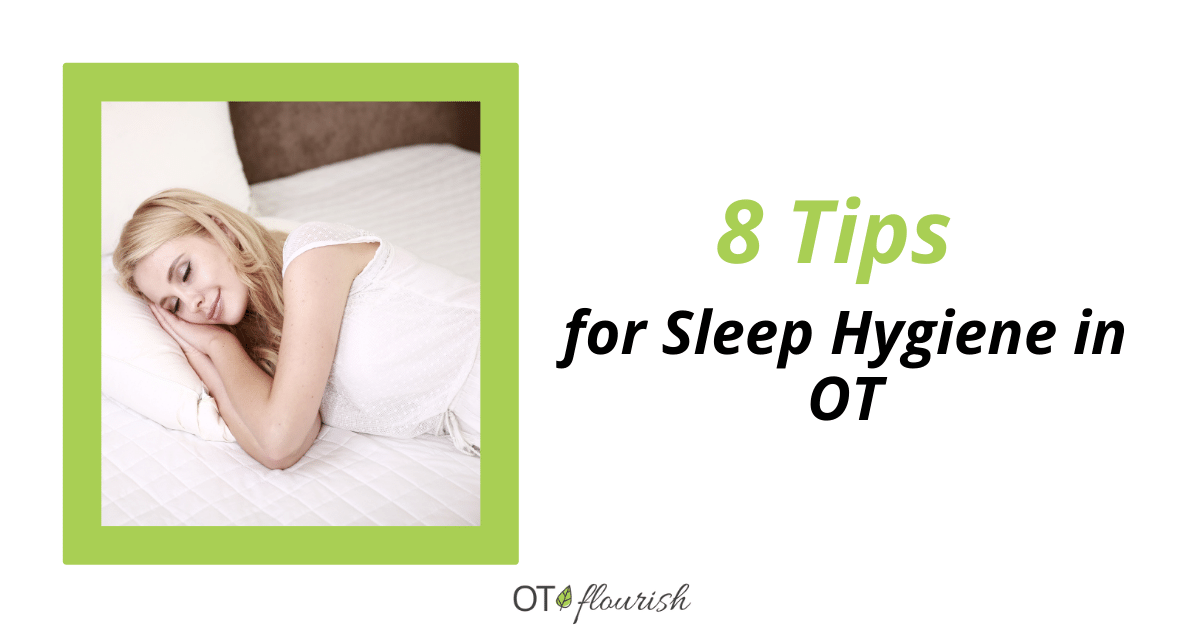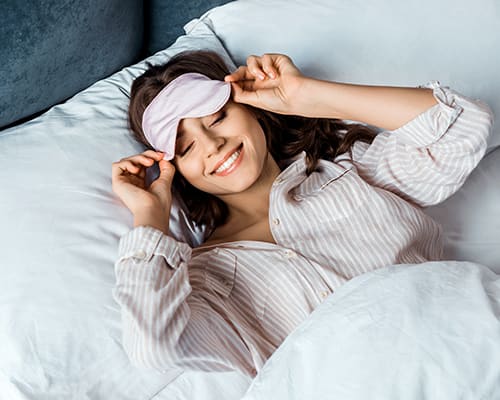Cognitive Behavioral Therapy for Insomnia (CBT-I) - Proven Methods
Cognitive Behavioral Therapy for Insomnia (CBT-I) - Proven Methods
Blog Article
Reliable Therapy Solutions for Handling Rest Disorders and Enhancing Relaxing Sleep
In the world of health care, the monitoring of sleep disorders and the pursuit for restful rest are crucial components of general wellness. Reliable treatment solutions use a diverse method to deal with these obstacles, varying from cognitive behavior treatments to holistic techniques that advertise leisure and mindfulness. The exploration of various techniques, consisting of the combination of medication and light treatment, opens a realm of possibilities in the search of much better rest top quality. As we navigate the detailed landscape of sleep disorders and look for to improve our sleep experience, a much deeper understanding of these treatment remedies might hold the secret to unlocking a much more relaxing and satisfying restorative journey.
Cognitive Behavior Modification for Sleep Problems (CBT-I)
Cognitive Behavior Modification for Sleep Problems (CBT-I) is an organized, evidence-based therapy approach that focuses on resolving the hidden aspects contributing to sleep disruptions. This kind of therapy intends to modify habits and ideas that worsen insomnia, eventually promoting healthy sleep patterns. CBT-I usually entails numerous essential elements, including cognitive treatment, sleep constraint, stimulation control, and rest health education and learning.
Cognitive treatment aids people determine and change unfavorable idea patterns and beliefs about sleep that might be preventing their capability to drop or stay asleep. Rest constraint includes limiting the amount of time invested in bed to match the individual's actual rest period, consequently boosting sleep performance (sleep disorder treatment). Stimulation control strategies aid develop a solid association in between the bed and rest by motivating people to visit bed just when drowsy and to avoid taking part in promoting activities in bed
Furthermore, rest health education concentrates on establishing healthy sleep behaviors, such as keeping a regular sleep schedule, creating a relaxing going to bed regimen, and enhancing the rest setting. By attending to these aspects adequately, CBT-I uses a reliable non-pharmacological treatment for taking care of sleeplessness and improving overall sleep quality.
Rest Health Practices
Having developed the foundation of cognitive restructuring and behavior alterations in resolving insomnia via Cognitive Behavioral Treatment for Insomnia (CBT-I), the focus currently shifts in the direction of checking out necessary Sleep Health Practices for keeping ideal rest high quality and overall health.
Rest hygiene methods incorporate a variety of routines and environmental elements that can significantly influence one's capability to sleep and remain asleep throughout the night. Consistent sleep and wake times, creating a relaxing bedtime regimen, and maximizing the sleep atmosphere by keeping it dark, peaceful, and cool are crucial parts of good sleep hygiene. Limiting exposure to screens prior to going to bed, staying clear of stimulants like caffeine near bedtime, and involving in normal physical activity during the day can additionally advertise far better rest quality.
Moreover, exercising relaxation techniques such as deep breathing workouts or reflection prior to bed can assist soothe the mind and prepare the body for rest. By including these sleep hygiene techniques into one's daily regimen, people can develop a healthy and balanced sleep pattern that sustains relaxed rest and general health.
Relaxation Strategies and Mindfulness
Implementing leisure techniques and mindfulness methods can play a pivotal role in cultivating a sense of tranquility and advertising quality rest. sleep deprivation help. These strategies intend to quiet the mind, lower anxiety, and produce an optimal setting for peaceful rest. One widely practiced approach is deep breathing exercises, where people focus on sluggish, deep breaths to relax the mind and body. Dynamic muscle mass relaxation includes tensing and after that releasing each muscular tissue group, promoting physical leisure. In addition, guided imagery can aid move people to a tranquil place in their minds, aiding in tension decrease and enhancing rest high quality.
Mindfulness practices, such as meditation and yoga, are also effective in promoting leisure and improving sleep. Mindfulness motivates people to remain present in the minute, letting go of concerns concerning the past or future. By integrating these practices over at this website right into a going to bed routine, people can indicate to their bodies that it is time to unwind and prepare for sleep. Generally, incorporating leisure strategies and mindfulness methods can significantly add to handling rest problems and enhancing overall sleep top quality.

Medicine Options for Sleep Disorders
After discovering relaxation methods and mindfulness practices as non-pharmacological treatments for improving sleep high quality, it is vital to think about medication choices for people with rest problems. In cases where way of life adjustments and treatment do not offer adequate alleviation, medication can be a useful tool in taking care of rest disruptions.
Frequently recommended medications for sleep conditions include benzodiazepines, non-benzodiazepine hypnotics, antidepressants, and melatonin receptor agonists. Benzodiazepines, such as diazepam, are sedatives that can assist induce rest, but they are commonly suggested for temporary use due to the threat of dependence. Non-benzodiazepine hypnotics like zolpidem are likewise utilized to treat sleep problems and have a lower danger of dependancy contrasted to benzodiazepines. Antidepressants, such as trazodone, can be valuable for individuals with co-occurring anxiety and rest disruptions. Melatonin receptor agonists, like ramelteon, target the body's natural sleep-wake cycle and can be practical for managing sleep patterns.
It is crucial for people to consult with a doctor to identify one of the most ideal medication choice based on their details sleep disorder and clinical background.
Light Treatment for Circadian Rhythm Policy
Light therapy, additionally understood as phototherapy, is a non-invasive therapy technique used to manage body clocks and improve sleep-wake cycles. This treatment involves exposure to brilliant light that imitates natural sunshine, which aids to reset the body's body clock. By subjecting individuals to particular wavelengths of light, usually in the morning or evening depending on the wanted result, light therapy can properly readjust the body clock to advertise wakefulness throughout the day and improve relaxed sleep at night.
Study has shown that light therapy my link can be especially advantageous for people with circadian rhythm conditions, such as postponed rest phase syndrome or jet lag. It can also be helpful for those experiencing seasonal depression (SAD), a kind of depression that normally takes place during the cold weather when natural light direct exposure is reduced. Light therapy is normally well-tolerated and can be used in combination with various other therapy approaches for rest conditions to enhance end results and improve general rest quality.
Conclusion
Finally, effective therapy options for taking care of rest conditions and enhancing relaxing rest include Cognitive Behavioral Therapy for Sleeplessness (CBT-I), sleep hygiene methods, leisure techniques and mindfulness, medicine options, and light treatment for circadian rhythm guideline. These strategies can aid people boost their rest high quality and total health. It is necessary to speak with a medical care provider to identify one of the most appropriate method for resolving sleep issues.
As we browse the complex landscape of sleep problems and look for to boost our rest experience, a deeper understanding of these therapy services may hold the trick to opening a more important site rejuvenating and fulfilling restorative trip.
Rest restriction involves limiting the amount of time invested in bed to match the person's real sleep duration, therefore raising rest performance. Regular rest and wake times, developing a relaxing going to bed regimen, and maximizing the sleep atmosphere by keeping it dark, quiet, and cool are vital elements of excellent rest hygiene. Light therapy is typically well-tolerated and can be utilized in combination with various other therapy techniques for rest problems to enhance end results and enhance overall rest high quality.

Report this page